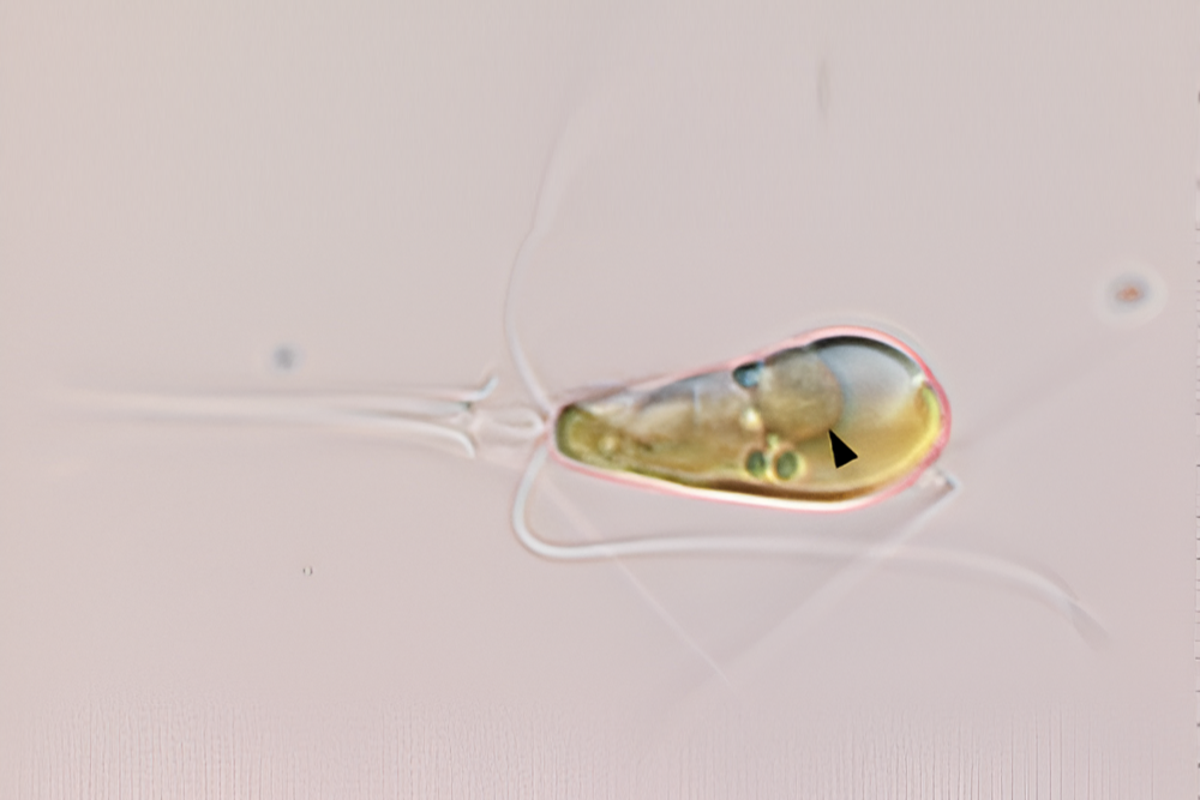Sign up for our Voices Dispatches email for a full digest of all the best opinions of the week. Stay informed with our free weekly Voices newsletter. For the first time in at least a billion years, two lifeforms have merged into a single organism through a process called primary endosymbiosis. This phenomenon has only occurred twice in Earth’s history, with the first instance giving rise to all complex life as we know it through mitochondria, and the second time resulting in the emergence of plants.
Recently, an international team of scientists observed this evolutionary event taking place between a species of algae commonly found in the ocean and a bacterium. Tyler Coale, a postdoctoral researcher at the University of California, Santa Cruz, led one of the two recent studies that uncovered this phenomenon. He explained that the first time this event occurred, it gave rise to all complex life and that a billion years ago, it happened again with the chloroplast, leading to the evolution of plants.
The process involves the algae engulfing the bacterium, providing it with nutrients, energy, and protection in return for functions it previously couldn’t perform. In this instance, the ability to fix nitrogen from the air. The algae then incorporates the bacterium as an organelle, an internal organ vital to the host’s functioning. Researchers from the US and Japan who made this discovery believe it will provide new insights into evolution and could potentially revolutionize agriculture by engineering organelles like these into crop plants.
The research detailing this discovery was published in the scientific journals Science and Cell. Scientists from institutions such as MIT, the University of Rhode Island, the University of California, San Francisco, UC Santa Cruz, the Lawrence Berkeley National Laboratory, Institut de Ciències del Mar in Barcelona, National Taiwan Ocean University, and Kochi University in Japan were involved in this groundbreaking research.
